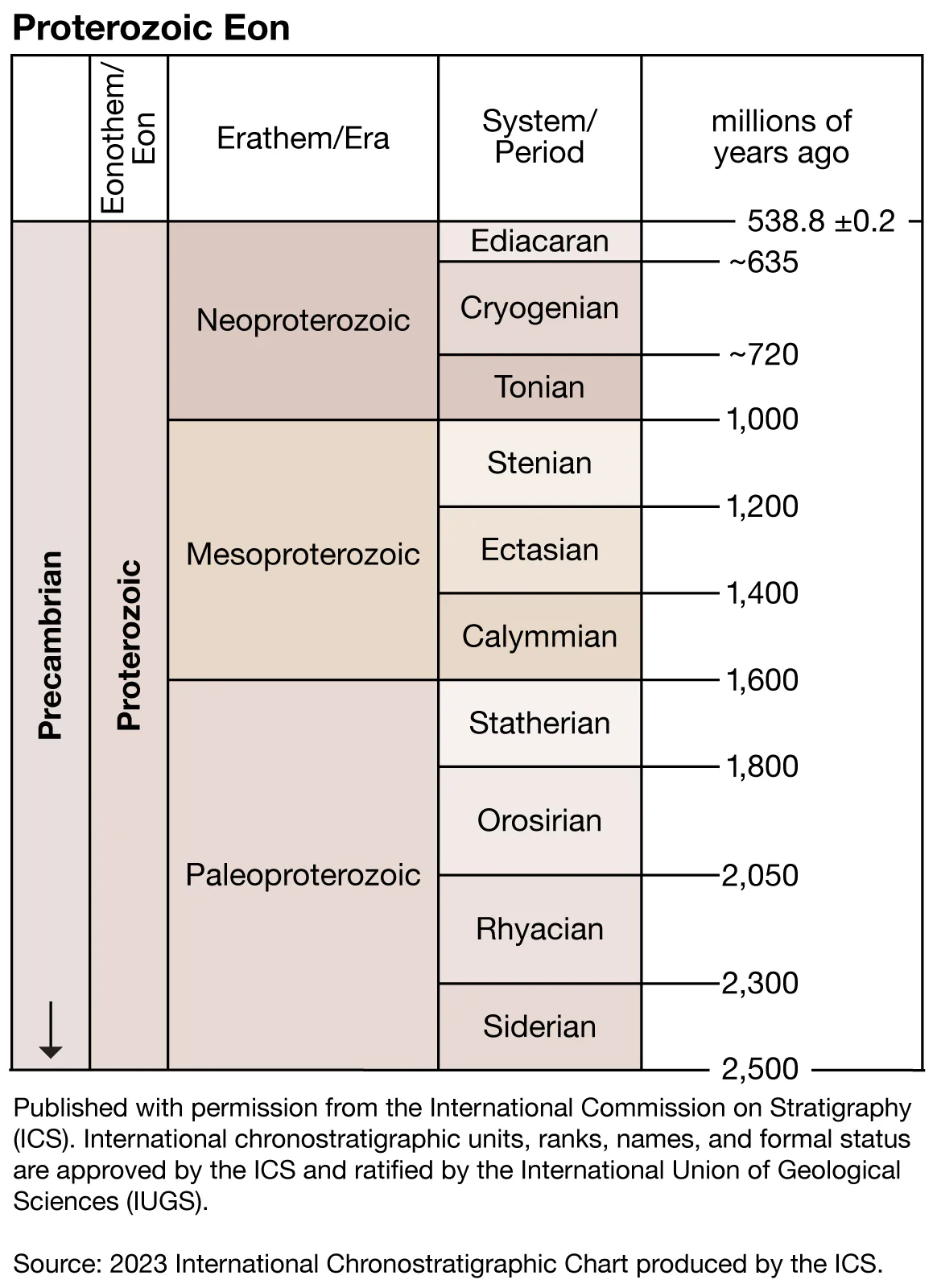Precambrian is the name for the period of time from Earth’s formation to the start of the Cambrian Period, approximately 4.6 billion years ago. The Precambrian is a supereon divided into three eons: the Hadean, Archean, and Proterozoic.
The Hadean Eon (4.6 to 4 billion years ago) is characterized by extreme conditions on Earth, with frequent meteor impacts and intense volcanic activity. This was also a time when our planet was largely covered in water with only small amounts of landmass poking through.
The Archean Eon (4 to 2.5 billion years ago) saw some stabilization of Earth’s surface, allowing for the first continents to form. This was also a time when life began to appear in the oceans in the form of single-celled organisms known as prokaryotes.
The Proterozoic Eon (2.5 billion to 541 million years ago) was a time of great change on Earth, including the rise of complex life forms such as protists, algae, and bacteria; the oxygenation of our atmosphere; and major glaciations known as Snowball Earth events.
During Precambrian time there were no plants or animals on land; all life existed in oceans. The first evidence for life on land comes from trace fossils found in late Proterozoic rocks (around 600 million years ago), but it wasn’t until the Cambrian Period that we see widespread evidence for terrestrial creatures


